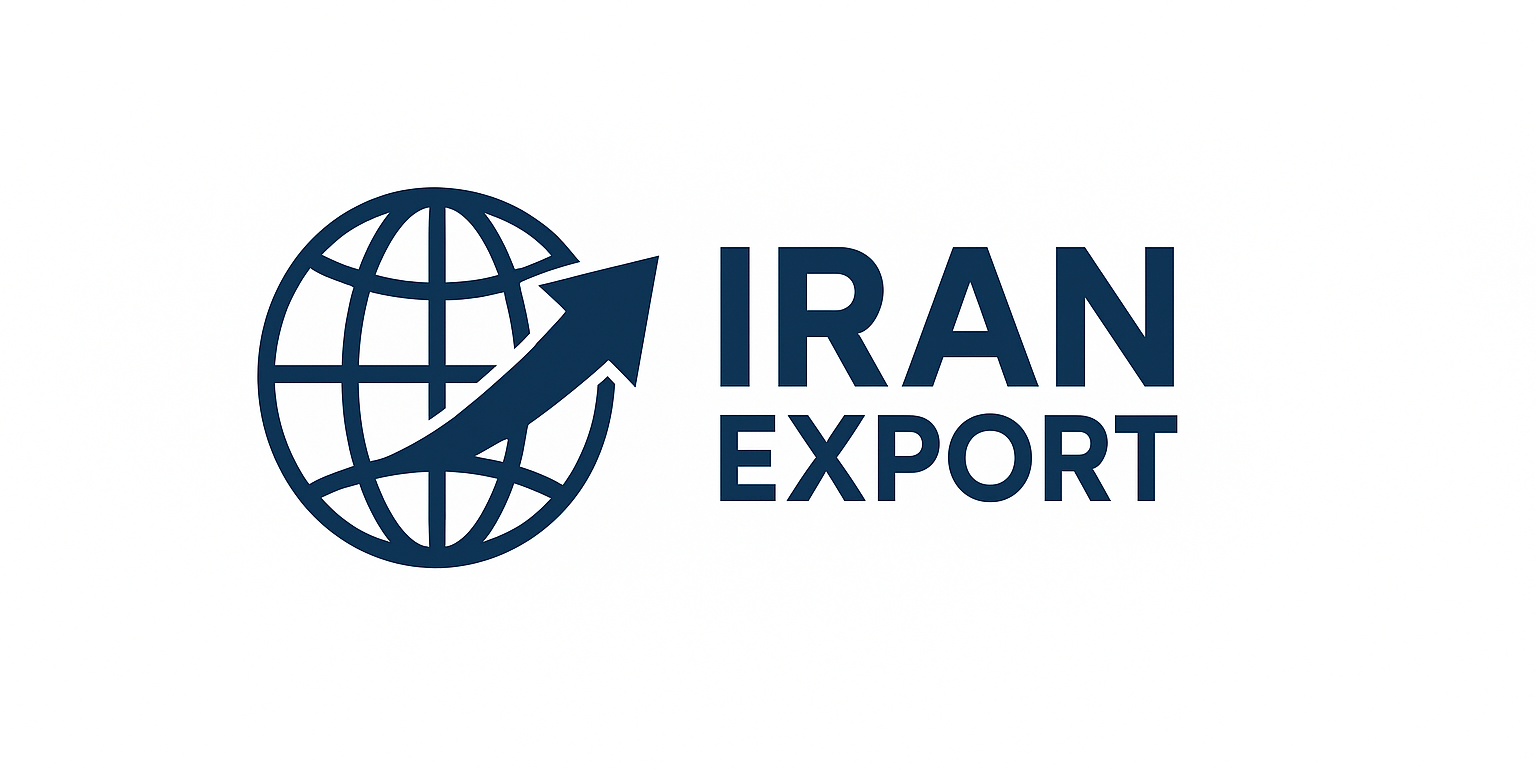Iran’s traditional decorative and cultural handicrafts—such as tableau carpets, silver and gemstone jewelry (turquoise, agate), engraved stone artifacts, traditional mirrors and candlesticks, Khatam boxes, Termeh fabrics, decorative leather, and glassware—are the result of advanced craftsmanship and intricate designs. These products combine authentic Persian artistry with traditional techniques such as Khatamkari (marquetry), metal engraving, inlay work, hand-blown glass, and fine embroidery, requiring great precision and years of experience.
These crafts are mostly produced in small workshops or home-based businesses, providing employment in many regions of Iran. With high added value, reliance on local raw materials, and minimal dependency on advanced technologies, these products are cost-effective and economically sustainable. Many of the items are also made to order, which can significantly increase profitability.
Iranian decorative handicrafts enjoy considerable demand in international markets, especially in Arab countries, Europe, Central Asia, and North America. Their uniqueness, natural materials, cultural authenticity, and artistic value make them highly attractive. International exhibitions provide valuable platforms to introduce these products to global buyers.
Iran’s historical legacy, rich cultural and climatic diversity, skilled artisans, and regional artistic styles give it a strong competitive edge. The ability to customize designs and blend traditional craftsmanship with modern aesthetics further enhances the international appeal of these products.
